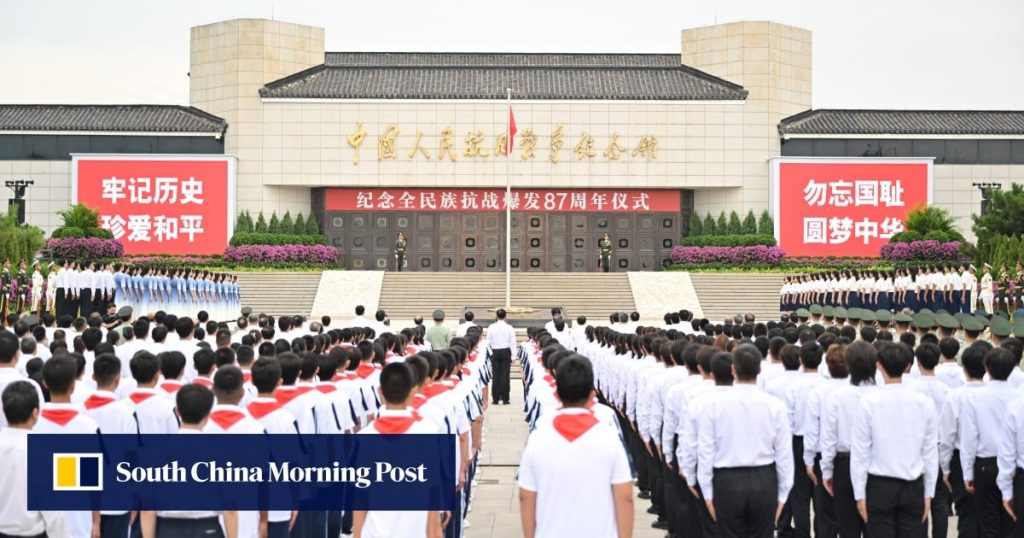China’s museums should not portray the Han ethnicity in confrontational historical contexts with ethnic minorities, and they should tell the “China story” by using archaeological findings, according to the country’s top ethnic policy official.
Pan Yue, director of the National Ethnic Affairs Commission, made the remarks during an event billed as the first national training class for museum directors in Beijing on Wednesday.
Museums should “refute all kinds of wrong historical views, including attempts to create a binary opposition between China’s Central Plains and the border areas, between Han and non-Han groups and between Han culture and cultures of ethnic minorities”, said Pan, who is ethnically Han.

The one-day session was aimed at cultivating a “sense of community” within the country, and included representatives from the Palace Museum and the Museum of the War of Chinese People’s Resistance Against Japanese Aggression, the commission said.
Museums should place every cultural relic and historical narrative within “a system of overall development of the Chinese nation”, Pan said, adding that the country should be represented as “diverse but unified”, emphasising that it respects and accommodates differences.
Some museums have already heeded Beijing’s call to tell the China story. The Sanxingdui Museum, an archaeological site on major Bronze Age culture in southwest China’s Sichuan province, has created a course entitled “Viewing Chinese Civilisation from Sanxingdui”.
Last year, the Hubei Provincial Museum staged an exhibit of 150 cultural relics intended to “cast a strong sense of community for the Chinese nation”, according to a museum statement.


